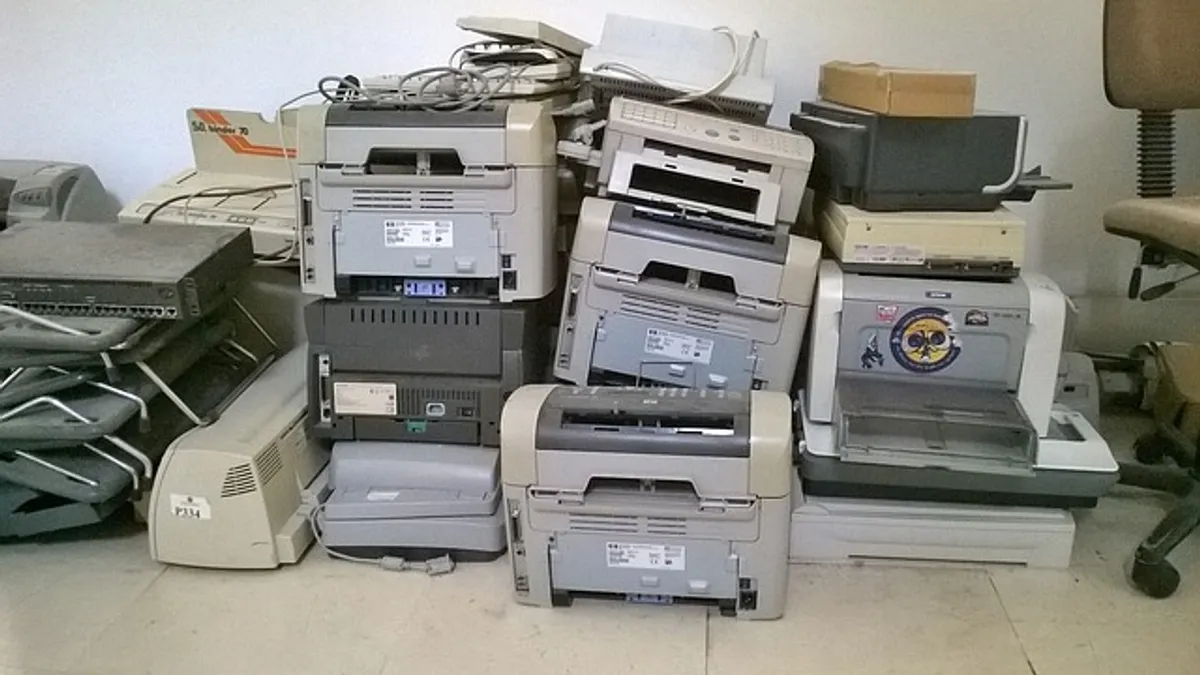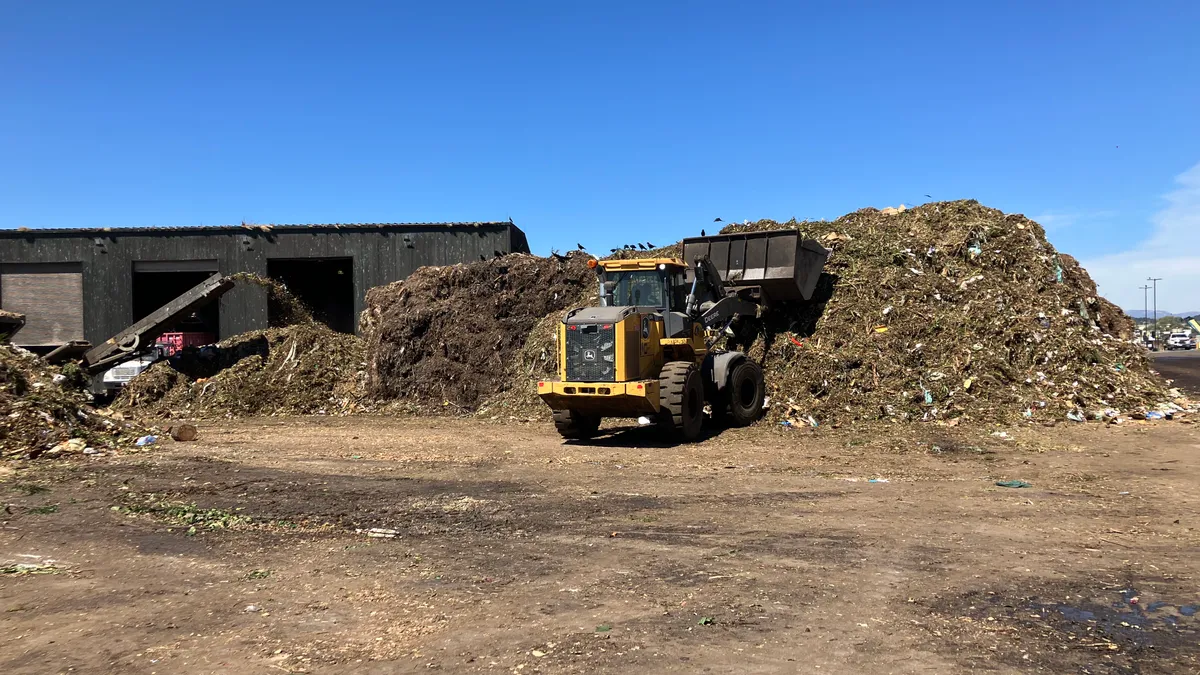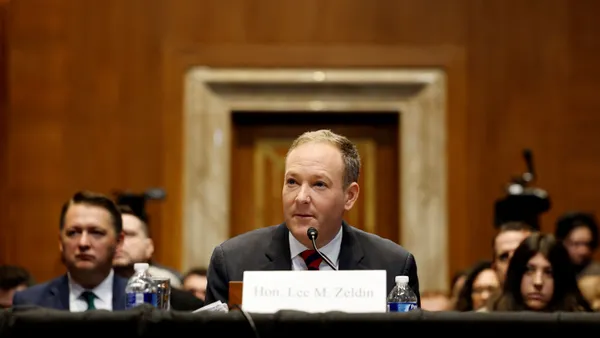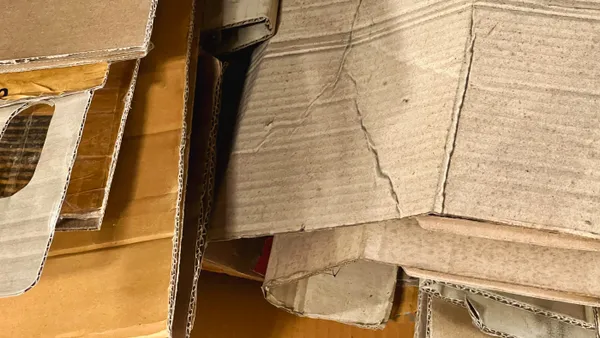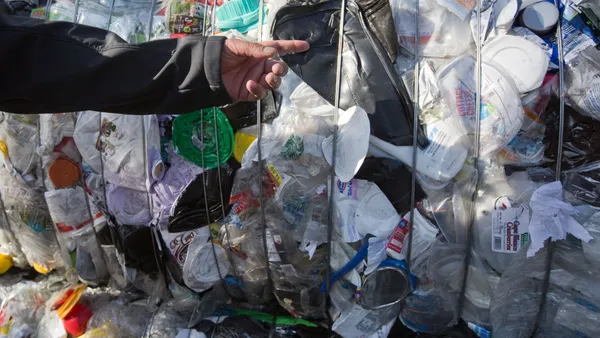Dive Brief:
- Rhode Island has been forced to close collection sites around the state, unable to afford processing its e-scraps since manufacturers met annual collection targets early this year and cut off funding. In tandem with the loss of a once-steady revenue stream, the state has taken another hit; downstream outlets for leaded glass are disappearing, while all along the supply of electronic waste is accumulating fast.
- Rhode Island Resource Recovery Corporation (RIRRC), which runs the e-scrap program with Rhode Island Department of Environmental Management, paid $265,000 to hold onto five state-sponsored collection sites throughout the year. The local program has incurred a big blow, as has e-scrap recycling statewide: the closure of Videocon, a glass recycling outlet for CRTs.
- The influx of electronic waste began to pick up toward the end of 2015, at the time of the significant decline in collection points. Material has slowly begun "to move downstream" for processing this year, with the help of renewed funding Jan. 1, 2016, as reported in Resource Recycling.
Dive Insight:
Rhode Island plans to ride out tight times as revenue comes and goes — and the stream of e-waste just comes.
"We pick up the bill. It's tens of thousands of dollars," said Sarah Kite, Director of Recycling Services at the Rhode Island Resource Recovery Corporation. "But it's also the right thing to do. It's our mission to provide these services to the state."
In a similar situation to Rhode Island, New Jersey e-recyclers sustained an unexpected blow in the form of a vetoed bill that would have compensated the state’s local e-scrap programs once manufacturers’ met their recycling goals; that rule forced the closure of a number of e-scrap programs there too.
While RIRRC can charge manufacturers for materials and set collection goals for them, the incoming fees have not covered costs, which Kite said has happened because of unreliable collection target data. Because of the miscalculations, manufacturers met their 2015 goals by late September, and the e-cycling program had to absorb costs to handle the continual influx of CRTs, which comprise the largest amount of accumulating waste by weight.
Phyllis Hutnak, who owns and runs Indie Cycle, said, "the amount of weight being collected well exceeded the goals" and, as a result, "manufacturers shut it down and stopped taking it."


